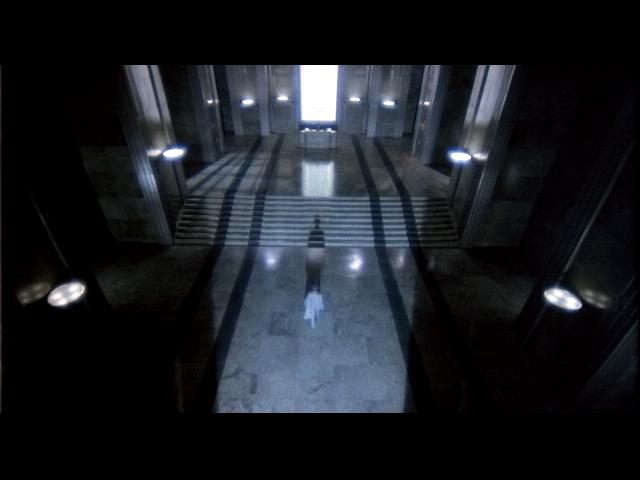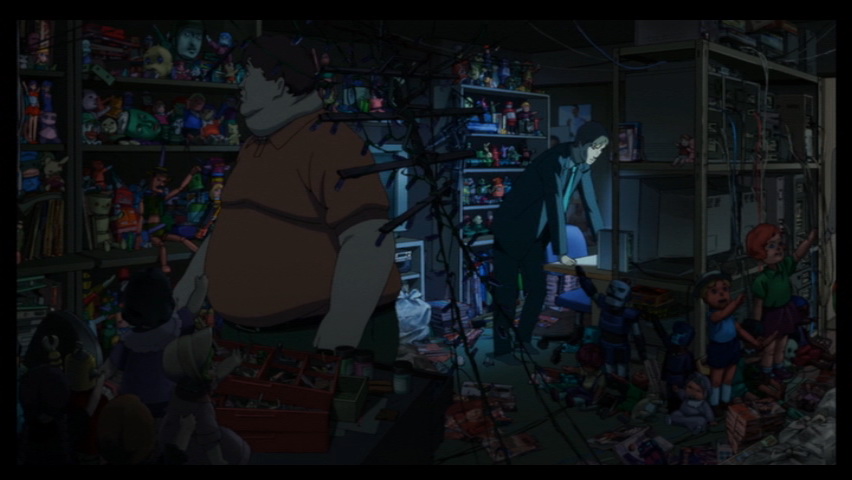Part 2
Conclusion
Kant argued that man has a dual nature: he has a "propensity for living in society, for in that state he feels himself to be more than man" and he has "a great tendency to isolate himself, for he finds himself...wanting everything to go according to his own desires". The tension which arises between men seeking to fulfill their personal desires "awakens all of man's powers" and drives him "to secure status among his fellows". This antagonism, says Kant, "is the cause of law-governed order in society." When either the social or unsocial characteristics of men become too powerful, social order is threatened.
The five films studied here are explorations of this antagonism and the ideal balance between the needs of the group and the needs of the individual in society as well as the madness which results when that balance is off. Most interesting in this study, I think, is the revelation that, as Kant put it, "Man wills concord; but nature better knows what is good for the species: she wills discord". The Dark Knight (2008) is the best allegorical film of the five, in my opinion, because it most clearly states that some discord is good for social order and that while occasionally transgressing the right to privacy can be necessary, it ought not be done lightly and it ought never be a permanent solution.
As an aspiring architect, I am interested in the socially transformative power of architecture. In order to best use this power, first an identification of what elements and styles of architecture relate to which parts of man's nature is necessary. The analysis of film, along with other forms of art and literature, can be particularly enlightening in this search as the relationships are clearer and simpler than in the real world - in that sense, some of the distillation has already been done for me.
It is important for me to remember, of course, that the architecture and the characteristics of men are much simpler on film than in real life, and assuming that I want to practice architecture and not set design, I cannot limit myself to studying film in order to inform my design, I must delve into the real world, as messy as it is.
**(all quotes in the conclusion are from Immanuel Kant's essay "Idea for a Universal History with a Cosmopolitan Intent (1784)" as found in Perpetual Peace and Other Essays, p.32)
 |
 |
Brazil (1985) - Extreme Sociability/Simple Architecture |
Paprika (2006) - Extreme Reclusiveness/Complex Architecture |